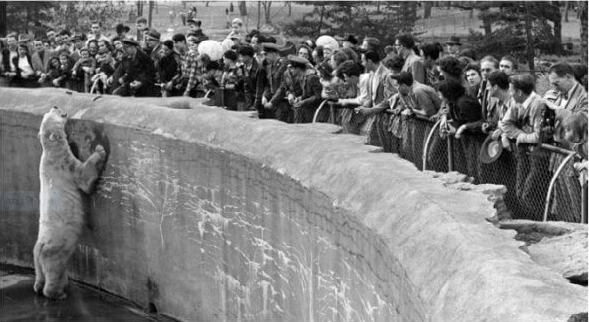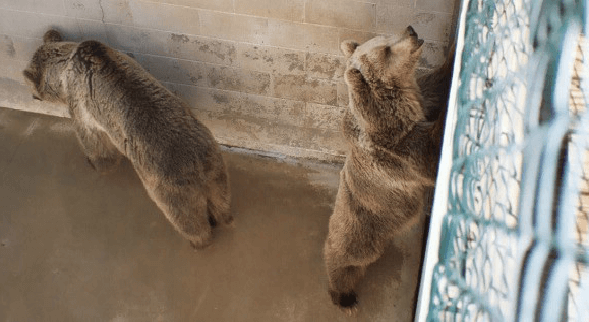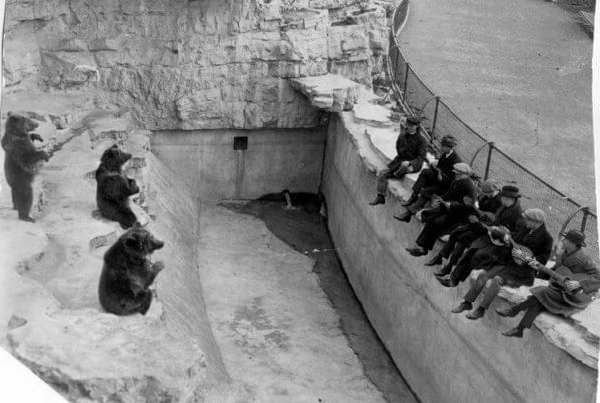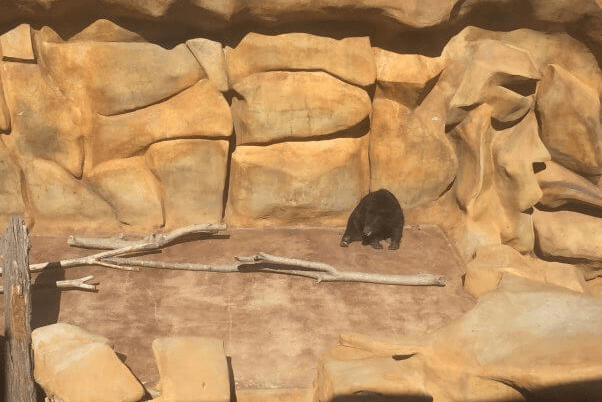By Tammana Begum
Ecosystems, the fabric of life on which we all depend, are declining rapidly because of human actions. But there is still time to save them.
Human pressure on nature has soared since the 1970s. We have been using more and more natural resources, and this has come at a cost.
If we lose large portions of the natural world, human quality of life will be severely reduced and the lives of future generations will be threatened unless effective action is taken.
Over the last 50 years, nature’s capacity to support us has plummeted. Air and water quality are reducing, soils are depleting, crops are short of pollinators, and coasts are less protected from storms.
Prof Andy Purvis, a Museum research leader, has spent three years studying human interactions with nature. Alongside experts from more than 50 different countries, he has produced the most comprehensive review ever of the worldwide state of nature, with a summary published in the journal Science.
It was coordinated by the Intergovernmental Science-Policy Platform on Biodiversity and Ecosystem Services (IPBES), an independent body that provides policymakers with objective scientific assessments about the state of knowledge regarding the planet’s biodiversity.
The latest report paints a shocking picture. We are changing nature on a global scale and the impacts of our actions are being distributed unequally.
‘It was terrifying to see how close we are to playing Russian roulette with the only world we have,’ says Andy. ‘But it’s also been inspiring, because there is a way out of this.
‘What has given hope to the many scientists who worked on this report has been the way the public are fully aware of the dangers and want action. We just need to make sure the politicians remember that too.’

Nature feeling the squeeze
Since the 1970s, Earth’s population has doubled, and consumption has increased by 45% per capita.
The world is increasingly managed in a way that maximises the flow of material from nature, to meet rising human demands for resources like food, energy and timber.
As a result, humans have directly altered at least 70% of Earth’s land, mainly for growing plants and keeping animals. These activities necessitate deforestation, the degradation of land, loss of biodiversity and pollution, and they have the biggest impacts on land and freshwater ecosystems.
About 77% of rivers longer than 1,000 kilometres no longer flow freely from source to sea, despite supporting millions of people.
The main cause of ocean change is overfishing, but 66% of the ocean’s surface has also been affected by other processes like runoff from agriculture and plastic pollution.
Live coral cover on reefs has nearly halved in the past 150 years and is predicted to disappear completely within the next 80 years. Coral reefs are home to some of the most diverse ecosystems on the planet.
The number of alien species – species found outside their natural range – has risen, as humans move organisms around the world, which disrupts and often diminishes the richness of local biodiversity. This, combined with human-driven changes in habitat, also threatens many endemic species.
In addition, fewer varieties of plants and animals are being preserved due to standardisations in farming practices, market preferences, large-scale trade and loss of local and indigenous knowledge.
Nature also benefits humans in non-material ways. We learn from it and are inspired by it. It gives us physical and psychological experiences and supports our identity and sense of place. But its capacity to provide these services has also diminished.
What’s causing it?
The loss of ecosystems is caused mainly by changes in land and sea use, exploitation, climate change, pollution and the introduction of invasive species.
Some things have a direct impact on nature, like the dumping of waste into the ocean.
Other causes are indirect. Those include demographic, economic, political and institutional arrangements underpinned by social values, and they interact with one another.
For example, vast areas of land managed by Indigenous Peoples are experiencing a decline in ecosystems at a slower rate than everywhere else. But the rights of Indigenous Peoples are being threatened, which could result in faster deterioration of these areas. This would have a detrimental impact on wider ecosystems and societies.

Trading overseas has increased by 900% since the start of the post-industrial era and the extraction of living materials from nature has risen by 200%.
The growing physical distance between supply and demand means people don’t see the destruction caused by their consumption.
‘Before the Industrial Revolution, people had to look after the environment around them because that’s where they got their products from,’ says Andy. ‘If they didn’t look after it, they would face the consequences.
‘Now with globalisation, we have massive environmental impacts a long way from where we live. But we are insulated from these impacts, so they are abstract to us.’
Overseas trading also creates and increases inequality. The pressure for material goods comes mostly from middle and high-income countries and is often met by low to middle-income countries.
For example, Japan, US and Europe alone consumed 64% of the world’s imports of fish products. High income countries have their own fisheries but most of these have collapsed. Fishing now takes place in previously unexploited or underexploited fisheries, most of which belong to low-income countries.
‘With the massive increase in trade, there is no longer that imperative to make sustainable choices,’ says Andy. ‘We can overexploit natural resources somewhere else in the world and the magnitudes of our choices are invisible to us.’
What does the future hold?
The report analysed in detail how the world will look under three very different scenarios.
- Global sustainability: the whole world shifts towards sustainability by respecting environmental boundaries and making sure economic development includes everyone. Wealth is distributed evenly, resources and energy are used less, and emphasis is on economic growth and human wellbeing.
- Regional competition: there is a rise in nationalism with the focus mostly on domestic issues. There is less investment in education, particularly in the developing world. High-income countries will continue exporting the damage, resulting in some strong and lasting environmental destruction for future generations to deal with.
- Economic optimism: the world puts faith in new and innovative technologies that are still to be invented, which help us cope with environmental problems. Emissions will continue, but with the idea that technology will mitigate them. There will be stronger investment in health and education, and global markets are reasonably integrated with shared goals.
Combating the loss of ecosystems is going to be complex and will require a nexus approach. This means thinking about how different components of the problem such as nature, politics and socioeconomics all interact with one another.
An example of a nexus approach would be to reduce biodiversity loss by changing how we farm, while at the same time making sure people have enough food, their livelihoods are not undermined, and social conflicts are not aggravated.
The way to avoid some of these issues may be to focus on regenerating and restoring high-carbon ecosystems such as forests and wetlands. Similarly the need for food could be met by changing dietary choices and reducing waste.
Switching to clean energy is an important step which would allow other changes to happen more easily. Obtaining coal and gas involves destroying vast amounts of land and seascapes as well as polluting the environment beyond extraction.
But in order to achieve this fully, the world needs to revaluate current political structures and societal norms, which tend not to value nature. One way of doing that is by improving existing environmental policies and regulations, as well as removing and reforming harmful policies.
‘I hope people can see that this is not a drill,’ says Andy. ‘This really is an emergency and I hope they act on it.’
The Parties to the United Nations Convention on Biological Diversity (CBD) have decided that the IPBES Global Assessment Report will form the scientific and technical evidence base for the intergovernmental negotiations in 2020, to agree on a global biodiversity framework for the next decade and to replace the Aichi Biodiversity Targets that expire next year.
IPBES Chair Anna Maria Hernandez concludes, ‘This new article makes it even more clear that we need profound, system-wide change and that this requires urgent action from policymakers, business, communities and every individual.
‘Working in tandem with other knowledge systems, such as Indigenous and local knowledge, science has spoken, and nobody can say that they did not know. There is literally no time to waste.’


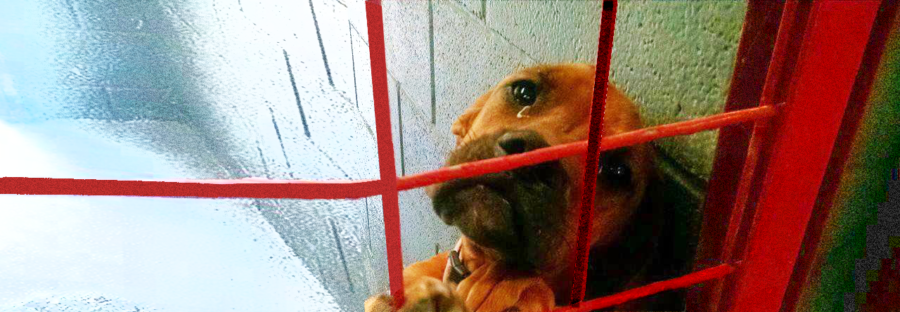




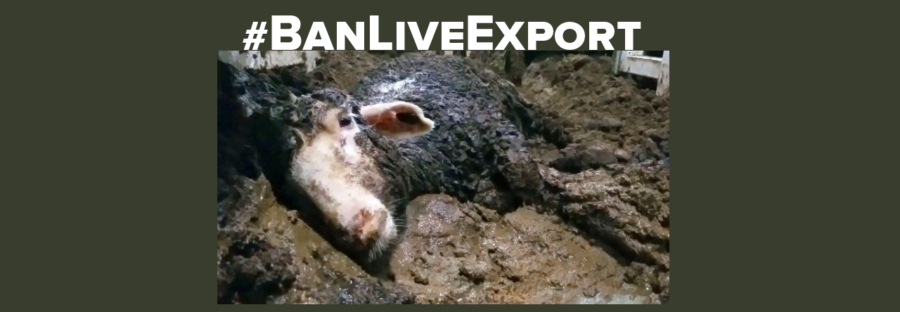

 In addition to the stress of the unfamiliar environment, noise, and constant ship movement, at the typical high stocking density of a long haul voyage, it is not usually possible for all animals to lie down naturally at the same time. Stocking densities allowed by Australian Standards for the Export of Livestock (ASEL) are much higher than any land-based feedlot or intensive housing system.
In addition to the stress of the unfamiliar environment, noise, and constant ship movement, at the typical high stocking density of a long haul voyage, it is not usually possible for all animals to lie down naturally at the same time. Stocking densities allowed by Australian Standards for the Export of Livestock (ASEL) are much higher than any land-based feedlot or intensive housing system.









 Mechanical failure In 2014, the livestock ship Ocean Drover caught fire.
Mechanical failure In 2014, the livestock ship Ocean Drover caught fire. 






